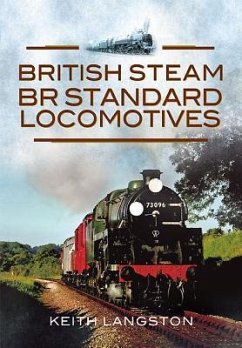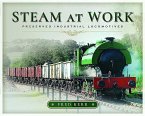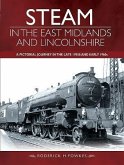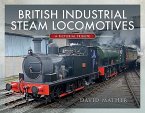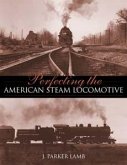After WWII the existing railway companies were all put into the control of the newly formed British Transport Commision and that government organisation spawned British Railways, which came into being on 1st January 1948. The railway infrastructure had suffered badly during the war years and most of the steam locomotives were 'tired' and badly maintained and or life expired. Although the management of British Railways was already planning to replace steam power with diesel and electric engines/units they still took a decission to build more steam locomotives (as a stop gap).

